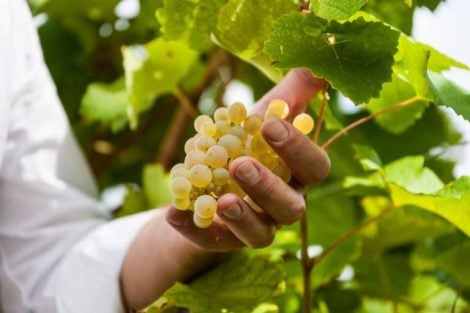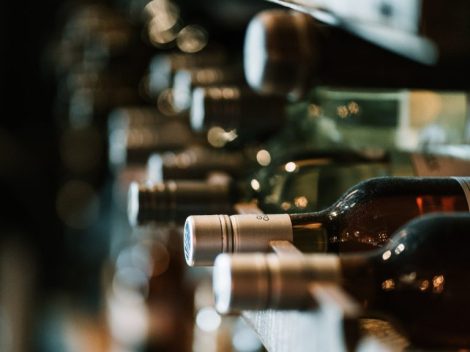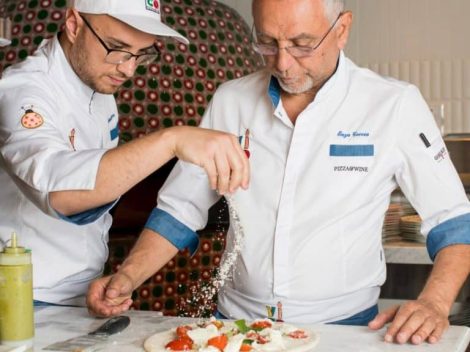It's undeniable: Burgundy has become the French region of records in recent years. The seventeenth edition of Les Grands Jours de Bourgogne (March 18-22) proves it, registering the great interest generated around its wines: 2,600 registered visitors from 60 countries, 130 journalists from 27 countries, 970 exhibitors, and over 6,000 wines available for tasting. Even more surprising is the fact that the regional wine production accounts for only 2.6% of the national production, and Burgundy, with its 30,815 hectares - 4% of the national vineyard area - produces on average about 200 million bottles per year (just under 1.5 million hectoliters). We are talking about a region where there are only 3,800 wineries with an average of 8 hectares, but each with over 600,000 euros in turnover.
The revolution of the last 20 years
If production cannot exceed certain numbers, on the contrary, the value continues to grow. The market has increasingly rewarded Burgundy wines over the past twenty years, driving prices up, as Luca Cuzziol, importer and owner of the eponymous distribution company, tells Gambero Rosso: "The market for Burgundy wines has experienced a real revolution in the last twenty years, shifting from a distribution mainly oriented towards the USA to a more global demand for both white and red wines. It is clear that, while the vineyard surface area has remained substantially unchanged, in the face of exponential demand growth, there has been a rush to speculation that has significantly increased prices. It is clear that the price is determined by supply and demand - continues Cuzziol - but to this have been added the phenomenon of NFTs and investment funds that have bought vineyards or invested in some producers."
But what will happen in the future? "It is obvious that all this will eventually come to an end, especially when the speculative market comes to an end," Cuzziol responds. "When there is a greater availability of product (and the 2023 vintage seems to be heading in this direction, with a production forecast of 1.9 million hectoliters: editor's note), I believe the market will return to a certain normality."
The big acquisitions
Meanwhile, in recent years, the luxury conglomerates, after Champagne and Bordeaux, have begun to take an interest in Burgundy. François-Henri Pinault started quietly, the boss of Kering and owner of brands such as Gucci, Bottega Veneta, and Saint Laurent, but also of Château Latour in Bordeaux and Château-Grillet in Côtes du Rhône, buying Domaine d'Eugénie in Vosne-Romanée.
In 2014, his longtime rival, Bernard Arnault, owner of the LVMH group (which, in addition to Louis Vuitton, owns in Champagne Dom Pérignon, Moët & Chandon, Krug, Ruinart, Veuve Clicquot, and Mercier), bought a Burgundy jewel, the Clos des Lambrays, one of the four Grand Crus of Morey Saint Denis, just over 8 hectares. The official price is not known, but it is estimated at around 200 million euros, or 25 million per hectare. A similar amount was spent a couple of years ago by Pinault, who, to respond to his historic rival, bought the neighboring Clos de Tart, a Grand Cru that has existed for 900 years, with just 7.06 hectares.
And to think that, until a few years ago, if you asked a producer how much an hectare of land in Burgundy cost, the answer was always the same: "Nobody sells here for years."
Bottle prices up to 500 euros
Needless to say, between increased market demand, lack of bottles, and investments by large groups, prices, which once hovered around 200 euros per bottle, have quickly more than doubled, if not quadrupled compared to five years ago.
Also to be taken into account is the impossibility of increasing production, as the denominations are closely and historically linked to the vineyards classified in past centuries. Another reason to increase the value.
Then there are the slightly less known territories that consumers are beginning to discover, such as the Mâconnais, which offers wines with an excellent price-quality ratio. But we don't know for how long, since many denominations have been granted Premier Cru status for some vineyards - so far 22, many in Pouilly-Fuissé - which will revolutionize pricing policies upwards.
Currently, according to the BIVB, the Bureau Interprofessionnel des Vins de Bourgogne, regional appellation wines have a price range from 8 to 16 euros; a range that rises with the Appellation Village wines ranging from 11 to 65 euros, to rise further with the Village Premier Cru, which represent only 10% of production and are priced from 19 to 116 euros. Finally, there are the Grand Cru, just 1% of production, starting from 60 euros up to 535 euros, prices ex-cellar and taxes included. And these average prices exclude the great iconic wines as previously mentioned.
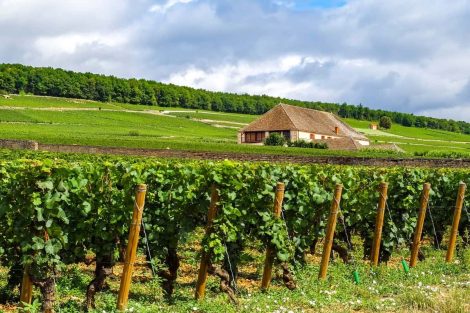
Export turnover at 1.5 billion euros
Finally, to testify to the excellent state of the Burgundy wine market is the turnover abroad, which this year is expected to exceed 60% of the total. In the last ten years, Burgundy has been one of the French wine regions to enjoy steady growth in exports, while also repositioning its offer in segments that highlight its efforts to improve the quality of its image and its wines. However, in 2023, there was a 6% reduction in exported volumes compared to 2022 (due to the lower 2021 production), although in line with the average of the last ten years. Sales, on the other hand, remained above one billion euros for the fourth consecutive year, exactly at 1.5 billion euros (down 0.3% compared to 2022).
The main recipients are the United States and the United Kingdom, with 20% and 16% respectively, followed by Belgium, Canada, and Japan, each with around 10%.
Italy also drinks Burgundy, but in reduced quantities (we are below a market share of 2%), as explained by Cuzziol himself: "It is undeniable that, in the perspective where an important producer exports to Italy on average between 12-15 bottles diluted in a market where starred restaurants are now 400, it becomes really a race to grab the bottles."

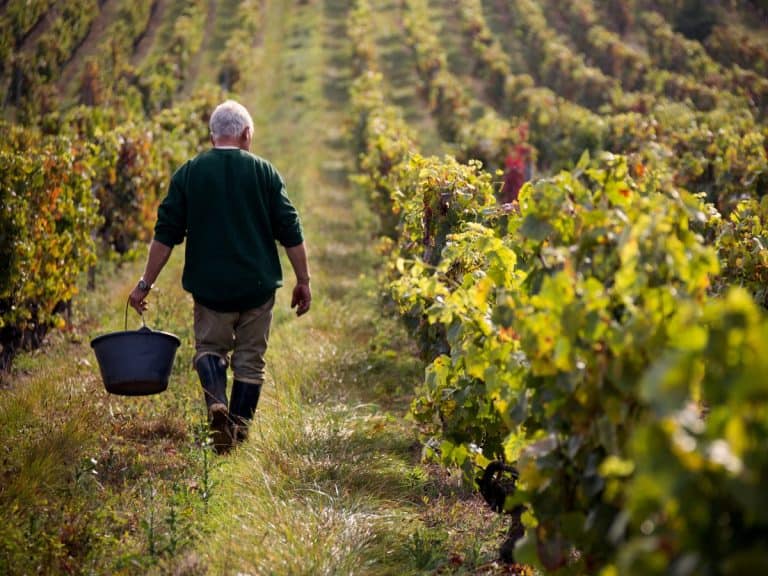
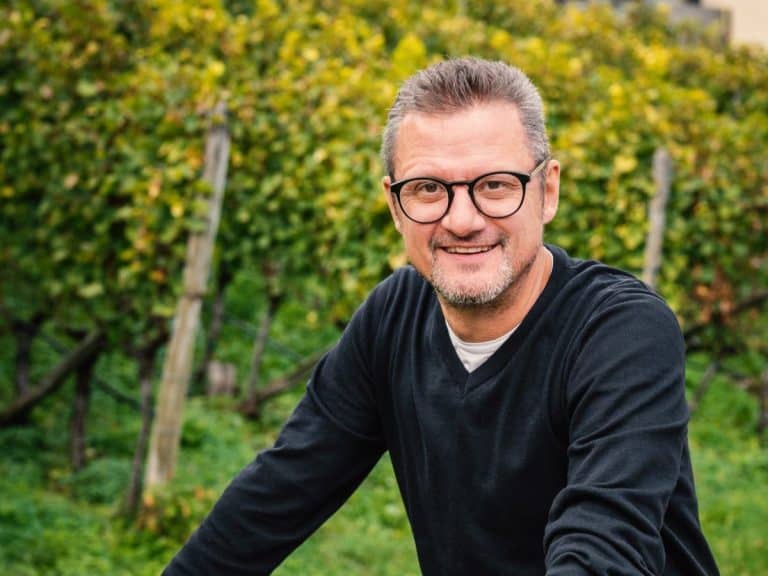 Non-alcoholic wines? Call them what you want, but they’re still a derivative of wine.” An Interview with Martin Foradori
Non-alcoholic wines? Call them what you want, but they’re still a derivative of wine.” An Interview with Martin Foradori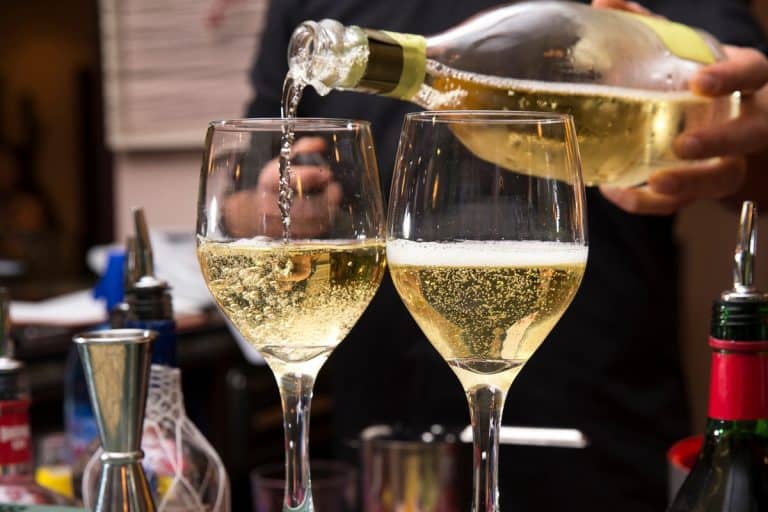 The 8 best Trentodoc wines chosen by Gambero Rosso
The 8 best Trentodoc wines chosen by Gambero Rosso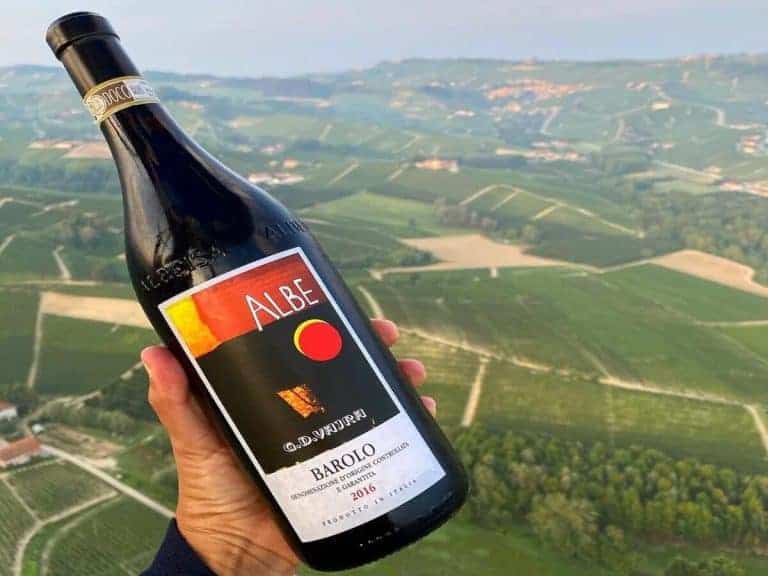 A Piedmont wine enters the top ten of Wine Spectator's "Top 100"
A Piedmont wine enters the top ten of Wine Spectator's "Top 100" Sparkling wines surpass still wines in Italian out-of-home consumption. Most popular during the aperitif
Sparkling wines surpass still wines in Italian out-of-home consumption. Most popular during the aperitif American Barbecue wins a Michelin star for the first time in history
American Barbecue wins a Michelin star for the first time in history